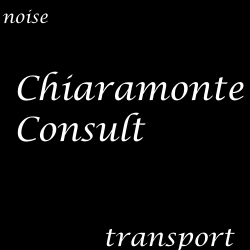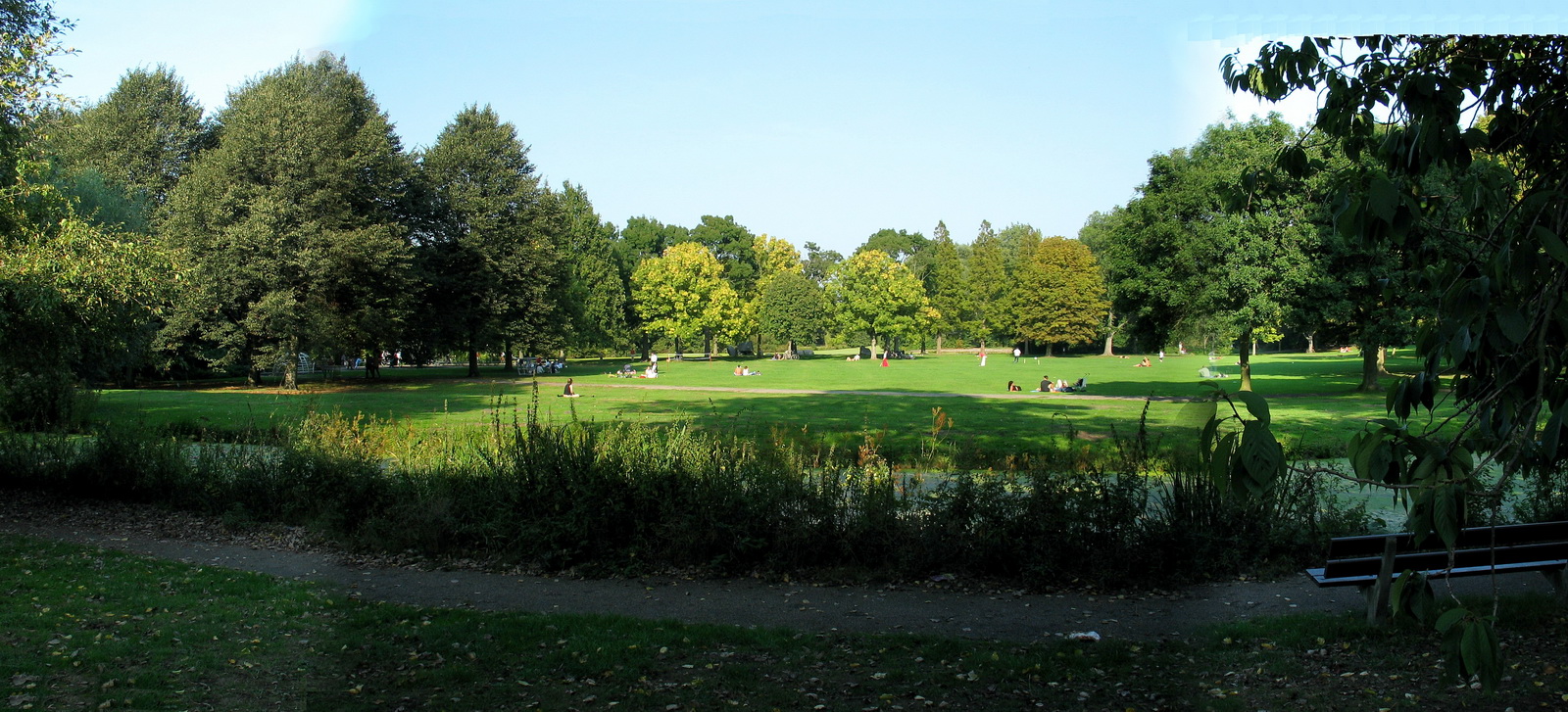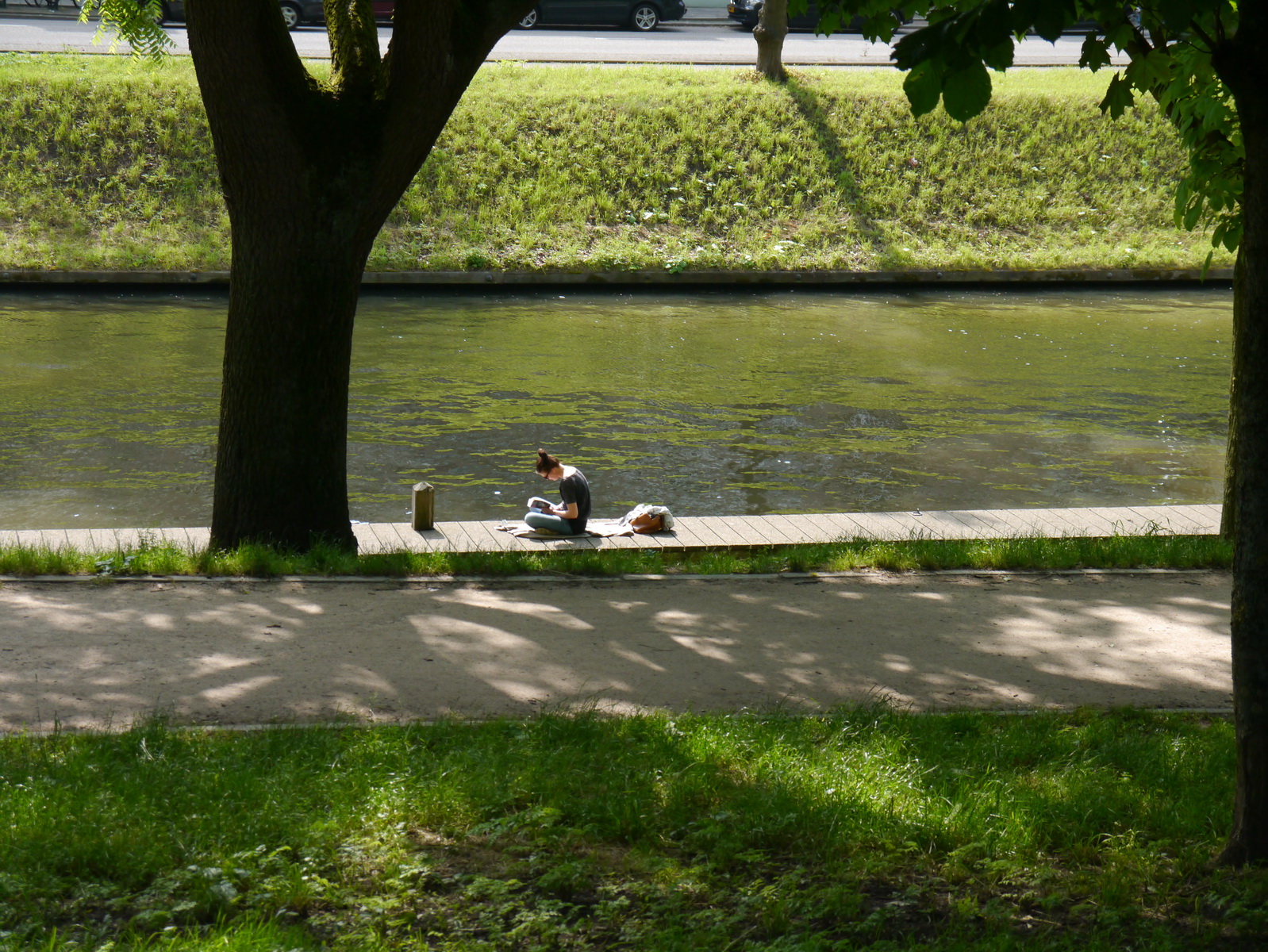

Introduction
Sound, noise and quiet
Definitions and selection criteria
Health benefits of quiet & biodiversity
The economic value of quiet areas
Lessons learned from commitments by MS and other competent authorities
Methods for identifying quiet areas
Recommendations and Conclusions
More on:
- references & useful documents and links
- health effects
- quiet facades
- protection and monitoring
Disclaimer: this site is based on the published EEA document, but not identical. Over time the differences will increase as more recent material will be added to this site by Chiaramonte Consult. Please send your comments and suggestions for extensions and improvment to info@quietareas.eu.
Introduction
The Environmental Noise Directive acknowledges
the
need for reducing excessive noise loads that may affect health and
wellbeing,
but at the same time calls for “preserving environmental noise quality where it
is good”. In addition the END also stresses that it is
necessary to “preserve
quiet areas in agglomerations”. Already in the Greenpaper on Future Noise
policy
this principle was recognized: They
(the
noise maps) make it easy to recognise the
noise exposure and thereby identify areas where action is required and
other
quiet areas where exposure should not increase .
The END does not go very far in regulating
quiet
areas. In Article 2
(1) it states that the Directive shall apply
to environmental
noise to which humans are exposed particularly ….. in public parks or
other
quiet areas in an agglomeration. Only in the section on
action plans
article 8.1.b states that .... Such plans shall also aim to protect quiet
areas against an increase in noise. This is logically followed up by the
requirement
in annex V to report on relevant actions.
In the review report from the first round the
absence of any guidance on quiet areas was noted by many member states,
leading
to listing it as a possibility for technical improvement in the
Implementation
report by the Commission.
Even the weak focus of the END on quiet areas
has led
to heightened activity in this field, especially on topics like
soundscapes.
Several member states installed or intensified their policies with respect to quiet
areas. This means that
at this moment there is more knowledge and experience available than at
the
time of the Greenpaper. This enables the EPoN to collect, order and
redistribute this experience for wider use. It has not been possible to
derive
a single “best practice”; the approaches are too diverse for this.
There are
things in common of course, and these will be highlighted.
